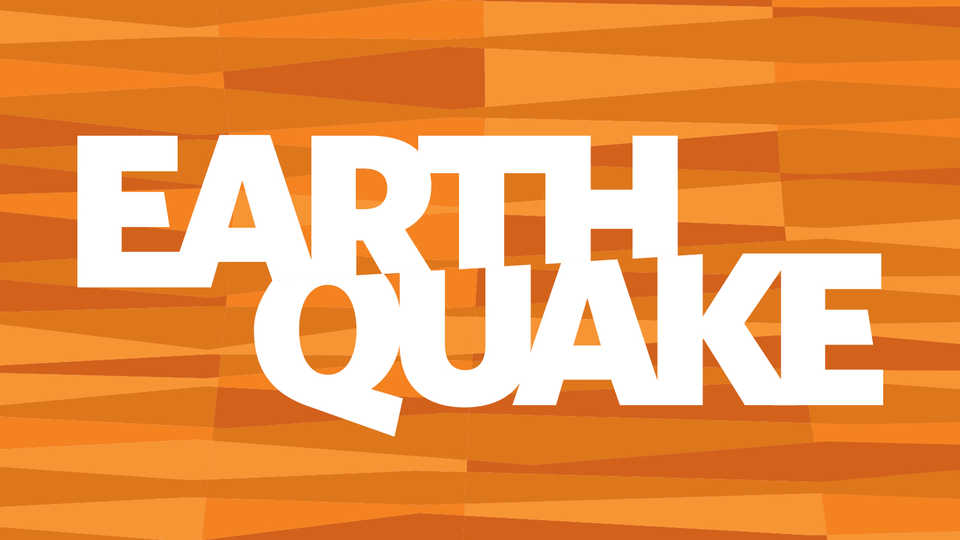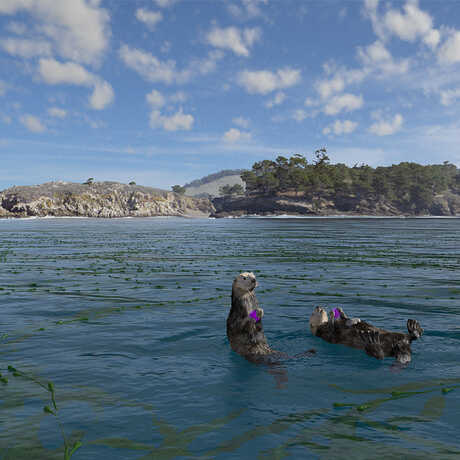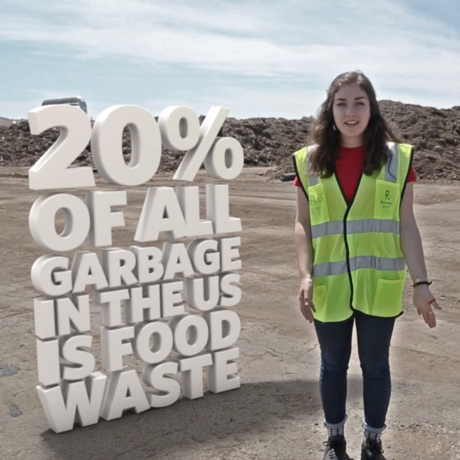Engineering Preparedness
California has experienced many damaging earthquakes. From the damage caused, scientists and engineers have learned how to design buildings that will better withstand the shaking. Over the past few decades, many structures have undergone earthquake retrofitting in the Bay Area and beyond.
What to Do Before an Earthquake
Creating an emergency plan, preparing an earthquake kit, and safely storing and securing heavy items are a few ways to prepare for the big one!
-
Read How to Prepare for an Earthquake.
-
Make a list of items for your classroom earthquake kit and create a kit that you store at school.
-
Develop an emergency plan. Think about a few places where you spend the majority of your time. This may be at home, at school, in your car, etc.
What to Do During an Earthquake
Earthquakes are unpredictable and can happen at any time. It is important to know what to do when an earthquake occurs whether you are at home, at work or at play.
-
Go to the FEMA Ready website and research what to do during an earthquake. Relate this information to your plans for preparing for an earthquake.
-
If an earthquake occurred at home, at work, or at play, what would you do? Imagine realistic scenarios and consider where you would drop, cover, and hold on. Do these locations have hazards?
What to Do After an Earthquake
The more prepared you are after an earthquake, the better. Consider the information you have learned regarding what to do before and after an earthquake. It is not known what the situation will actually be after an earthquake. What are necessary steps that you can take to assess the situation and your safety?
-
If you don't already know, take the time to learn how to turn off water and gas in your home.
-
Set a safe location to meet your family or friends after an earthquake. How will you get there? What would you bring with you?








